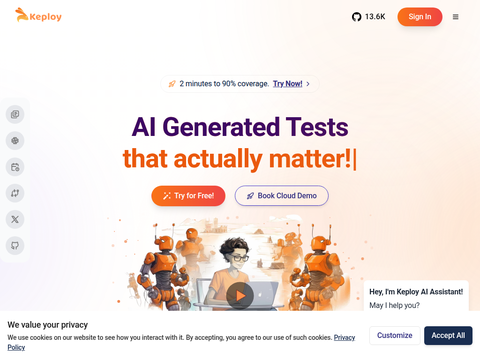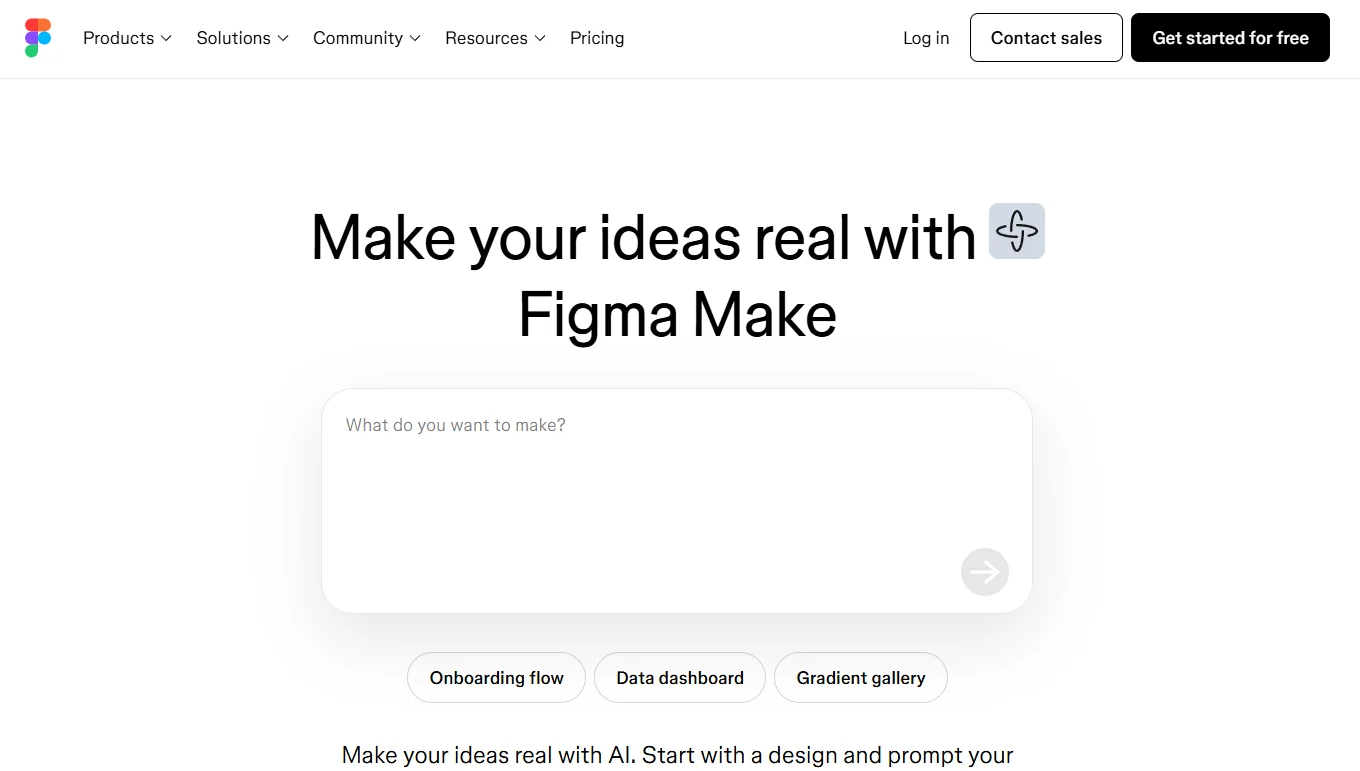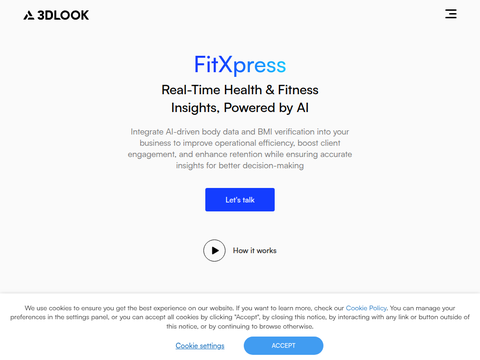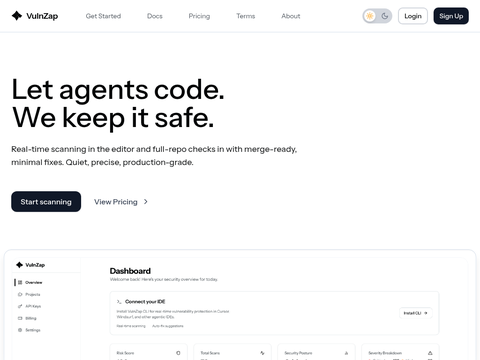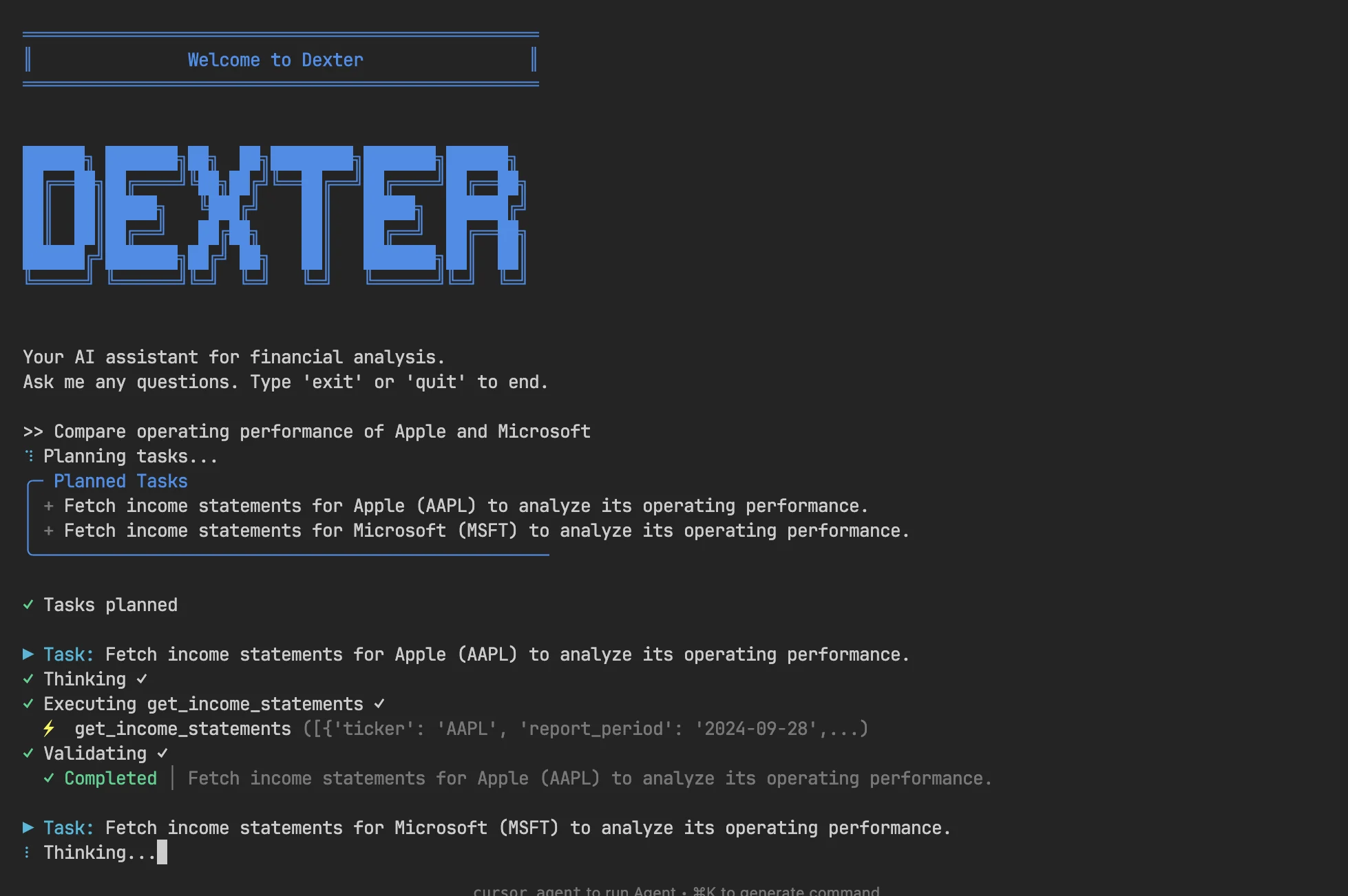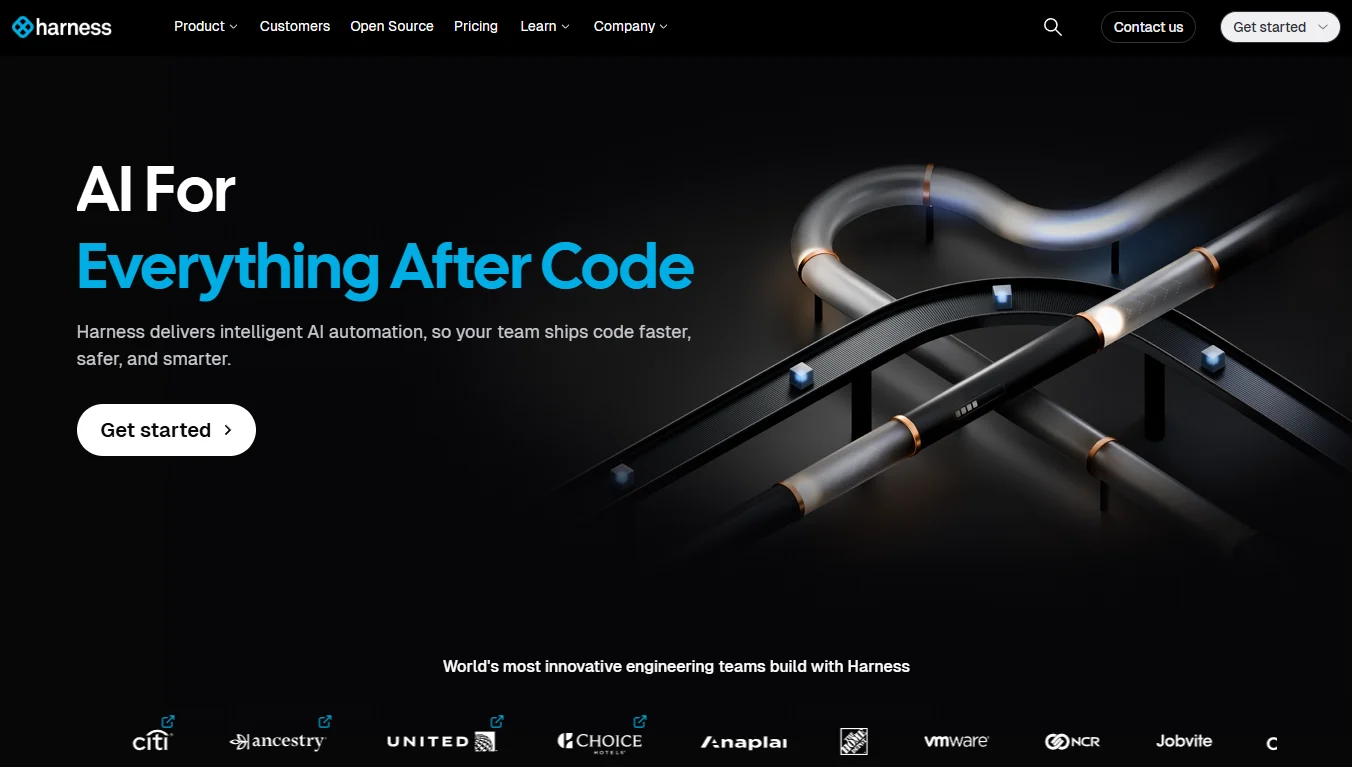A leading online retail giant, Amazon, unveiled a new warehouse robot named Vulcan at the "Delivering the Future" event in Dortmund, Germany. The company stated that this represents a "fundamental leap" in robotics technology.
Vulcan is the first robot equipped with tactile capabilities to join Amazon's warehouse robot fleet, designed to assist workers in the company's fulfillment centers.
"In the past, when industrial robots made unexpected contact, they either stopped abruptly or simply pushed through," said Aaron Parness, Amazon Robotics Director. "They usually didn't even know what they had collided with because they lacked perception."
This issue has been described as robot "numbness and stupidity" since most robots are connected to visual intelligence systems that allow them to see but not feel.
For humans, touch is a crucial aspect of interacting with objects, especially when parts of an object are hidden or not entirely rigid. For instance, if a box suddenly compresses while being squeezed, it's a clear sign you should stop gripping it and possibly adjust your hold.
Amazon stated that Vulcan builds on key advances in Physical AI, which combines artificial intelligence with real-world sensor data, enabling autonomous machines to perceive, understand, and interact with the physical world. While most machines rely solely on visual and positional data to operate, adding force feedback sensory information allows for more human-like manipulation of objects.
Vulcan isn't Amazon's first robot capable of grabbing and sorting packages and items. It joins other bird-named systems like Sparrow, Cardinal, and Robin, which use vision AI and suction cups. Mobile robots with Greek names such as Proteus, Titan, and Hercules help move products within warehouses and fulfillment centers.
According to Amazon, this new robot can pick and stow about 75% of all items passing through its warehouses at a speed comparable to frontline workers. Its underlying robotic brain can also recognize when it cannot move a specific item and request human assistance.
"Vulcan works alongside our employees, achieving better results together than working separately," said Parness.
These robots will collaborate with warehouse staff rather than replace them, the company stated. Their capabilities will be used to help workers move orders more safely and efficiently. They'll take over more physically demanding parts of the fulfillment process.
"Working with Vulcan makes picking and stowing items easier," said Kari Freitas Hardy, a frontline employee at Amazon's GEG1 fulfillment center in Washington, in a statement provided by Amazon. "It's great to see many of my colleagues gaining new skills and taking on more technical roles."
The company says Vulcan can learn from its failures and understand how different objects behave when touched. It develops an understanding of the real world by training on examples of actual physical objects through its sensors, similar to how a child learns. Over time, it becomes smarter.
Amazon has deployed the new robot at its fulfillment center in Spokane, Washington, where it's fully operational. A test version is currently running in Hamburg, Germany, where it picks items from inventory. The company plans to add Vulcan to more warehouses across the U.S. and Germany by 2026.

